Soviet media downplayed the significance of the D-Day invasion
Published in Political News
When Russian President Vladimir Putin was not invited to participate in the 75th anniversary commemorations of D-Day held in France in 2019, he claimed it was “not a problem” because the Allied invasion of France on June 6, 1944, “was not a game changer.”
As the United States, Britain, Canada, France and other nations commemorate the 80th anniversary of D-Day this year, Putin again will not attend, this time because of the aggressive war he has waged in Ukraine. But it’s worth recalling the actual history of how Soviet media reported on the Normandy invasion, in which masses of Allied troops stormed the beaches and began the process of retaking Europe from the Nazis.
I study media and propaganda in the Russian Empire and the Soviet Union in the 19th and 20th centuries. What Soviet citizens learned about D-Day was part of a carefully controlled media system. Soviet newspaper articles, political caricatures and radio reports recognized the significance of the opening of a second front in Europe, but downplayed its importance in the broader context of the war. They also reminded Soviet citizens that the invasion was long overdue.
On the morning of June 7, 1944, the front page of the official Soviet Communist Party newspaper, called Pravda, meaning “truth” in Russian, only mentioned the D-Day invasion news in a small text box on the front page. Its main front-page articles were about improvements made to Soviet cities in the wake of Red Army victories and the ongoing military campaigns near Kishinev and Jassy – now known as Chișinău, Moldova, and Iași, Romania.
Page two contained telegrams thanking Soviet dictator Josef Stalin for his support of children of front-line soldiers. That page also included the fifth installment of an ongoing series entitled “The Road of Victory,” about Red Army victories.
On page three came D-Day, in an article with the headline “The Invasion of Europe Has Begun.” The correspondent, Maj. Gen. Mikhail Galaktionov, reported that the Allies had undertaken a massive operation designed to liberate Western Europe from the Nazis, and concluded that “the invasion of Europe is now taking place under unprecedented conditions in the history of warfare.”
The article was accompanied by a map of northern France complete with names that American readers would also soon learn: Cherbourg, Carentan, Arromanches and others. Pravda’s report accurately linked the Normandy landings to the ongoing liberation of Italy and stated that the main concentration of Germany’s army now found itself trying to defend Western Europe. Of course, as the newspaper report also correctly noted, the German army had been vastly depleted “after three years of war on the Soviet-German front.”
A photo of Supreme Allied Commander Gen. Dwight D. Eisenhower was on page four, alongside other coverage of the second front in Europe.
For Pravda, Allied forces attacking the defenses of Hitler’s Atlantic Wall on the French coast was just one among many moments in a war Soviet readers knew all too well, from years of fighting on their own soil.
In the Moscow News, the Soviet government’s English-language paper, D-Day figured much more prominently, though it had to share the limelight. A front-page article included a photo of Eisenhower. “Allied Troops Land in Northern France, Take Invasion Beachheads” was the boldest headline in the June 7, 1944. But it was printed alongside an article on the major Red Army victory at Jassy, Romania.
...continued

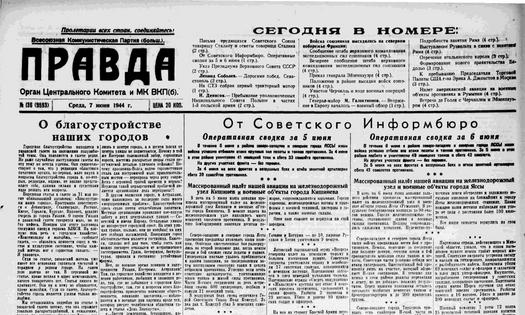
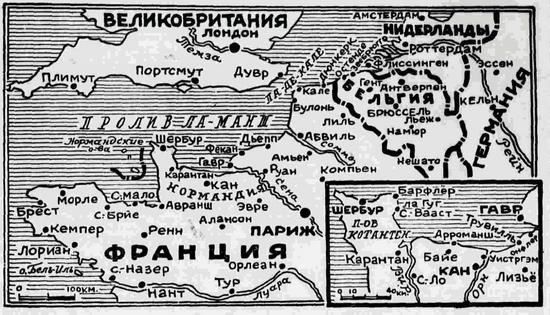
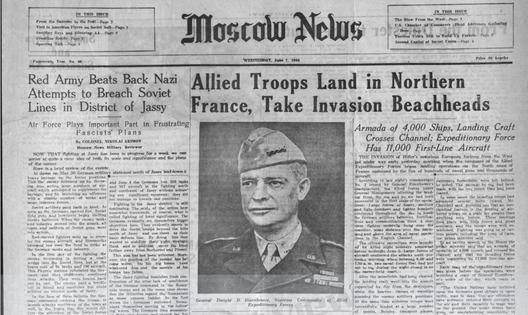
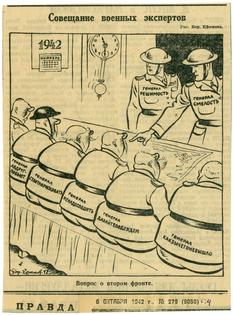
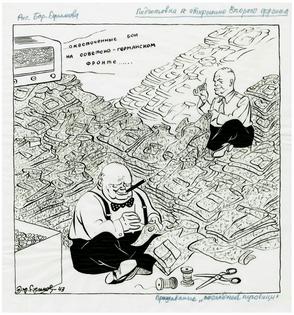











Comments